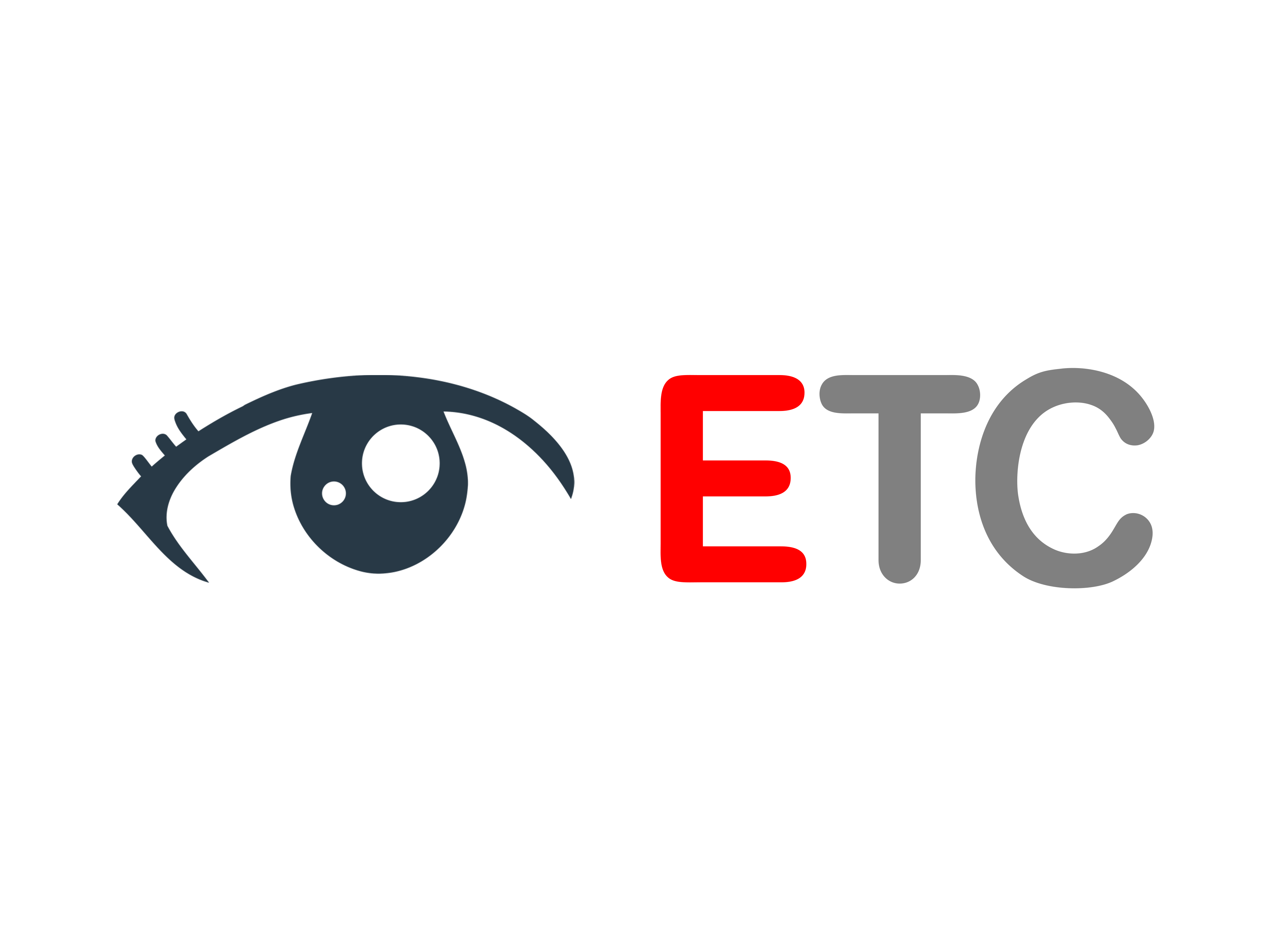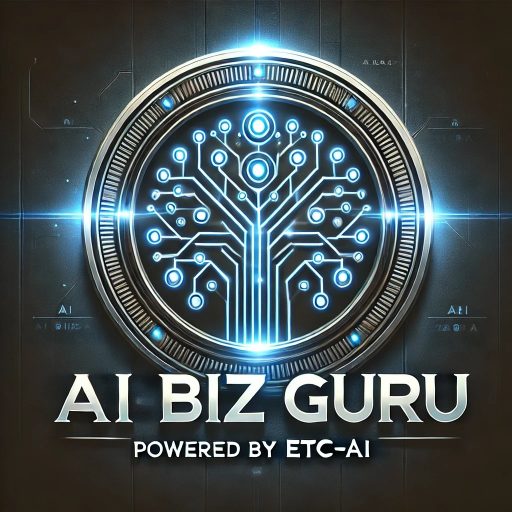David’s company was profitable. $12M in revenue, $1.8M net income, growing steadily. His accountant said everything looked great.
Then his biggest customer paid 47 days late, and David couldn’t make payroll.
A profitable company. Missing payroll. How?
Because profit and cash are different languages, and David only spoke one.
The $2.3M Invisible Asset
Here’s what nobody tells you about cash flow: most companies have $2-3M trapped in their own processes. Not lost to fraud. Not wasted on expenses. Just… stuck.
Stuck in:
-
Invoices sent but not collected (average: 67 days outstanding)
-
Inventory sitting in warehouses (average: 94 days on hand)
-
Bills you could pay later, but pay early (average: 23 days too soon)
This is called the Cash Conversion Cycle. And it’s where companies hide millions from themselves.
Dell has a negative cash conversion cycle. They get paid BEFORE they have to pay suppliers. Their working capital is funded by customers and vendors, not the bank.
Your company? You’re probably sitting at 89 days—meaning you wait 89 days to convert inventory and receivables into actual cash.
That’s $2.3M per $10M in revenue trapped in your operations.
What Fortune 500 CFOs Obsess Over
When IBM’s CFO presents to the board, she doesn’t lead with profit. She leads with:
-
Days Sales Outstanding (DSO): How fast customers pay
-
Days Inventory Outstanding (DIO): How fast inventory turns
-
Days Payable Outstanding (DPO): How long you stretch payments
Cash Conversion Cycle = DSO + DIO – DPO
For most companies: 45 + 60 – 30 = 75 days
For best-in-class: 30 + 20 – 45 = 5 days
That 70-day difference? $1.9M per $10M in revenue.
The Real Difference Between Profit and Cash
Jennifer’s company reported on her P&L:
-
Revenue: $4.2M (recorded when invoiced)
-
Expenses: $3.6M (recorded when incurred)
-
Net Profit: $600K (on paper)
But her bank account showed:
-
Cash from customers: $3.1M (customers paying slowly)
-
Cash to vendors: $3.9M (she paid faster than customers paid her)
-
Net Cash: -$800K (despite being “profitable”)
She had $600K in profit and -$800K in cash. Both numbers were true.
How AI BIZ GURU’s CFO Agent Works
The Cash Flow Optimization Agent doesn’t just track cash. It engineers it.
It analyzes:
-
Your complete cash conversion cycle by customer
-
Payment patterns showing who pays fast vs. slow
-
Inventory turns by product line and SKU
-
Vendor payment terms and early payment discounts
-
Seasonal cash patterns and working capital needs
It identifies:
-
The 3-5 customers trapping most of your cash (usually 60% of DSO)
-
Inventory that’s been sitting for 90+ days (dead capital)
-
Vendors you’re paying in 15 days when terms are 45 (giving away free cash)
-
Invoicing delays costing you 7-12 days of float
-
Credit lines you’re using when working capital could be optimized
It optimizes:
-
Customer payment terms to accelerate cash by 15-30 days
-
Inventory levels to free working capital without stockouts
-
Vendor payment timing to maximize cash without hurting relationships
-
Invoice timing to align with cash needs
-
Credit line usage to minimize interest expense
It delivers:
-
Cash flow forecast 90 days forward with weekly detail
-
Working capital improvement plan worth $X in freed cash
-
Customer-by-customer collection strategy
-
Vendor payment optimization schedule
-
Inventory reduction opportunities by SKU
The $180K Hiding in Payment Terms
When Marcus uploaded his financials to the CFO Agent, here’s what it found:
Current State:
-
DSO: 67 days (customers paying slowly)
-
DIO: 52 days (inventory sitting)
-
DPO: 28 days (paying vendors fast)
-
Cash Conversion Cycle: 91 days
Optimized State:
-
DSO: 45 days (2% discount for payment within 30 days)
-
DIO: 38 days (reduce slow-moving SKUs by 30%)
-
DPO: 42 days (extend terms with top 5 vendors)
-
Cash Conversion Cycle: 41 days
Freed Working Capital: $180,000
Not from cutting costs. Not from selling more. Just from optimizing the timing of cash moving through the business.
The Strategies Elite Companies Use
Amazon’s Strategy: Negative 20-day cash conversion cycle
-
Customers pay immediately (e-commerce)
-
Inventory turns every 8 days (FBA velocity)
-
Vendors get paid in 90 days (standard terms)
-
They earn interest on your money before paying suppliers
Walmart’s Strategy: 4-day cash conversion cycle
-
Customers pay immediately (retail)
-
Inventory turns every 9 days (rapid replenishment)
-
Vendors get paid in 45 days (negotiated terms)
-
They use vendor capital to fund growth
Your Strategy: Whatever random payment terms you agreed to 5 years ago
What This Really Costs
McKinsey studied 1,200 middle-market companies. Those with optimized cash conversion cycles:
-
Grew 2.1x faster (freed capital funds growth)
-
Had 3.4x fewer cash crises (predictable cash runway)
-
Paid 40% less in interest (less need for credit lines)
The companies that optimize working capital have a 100% survival rate in recessions.
The ones that don’t? They’re the “profitable companies” that miss payroll.
The Warning Signs You’re Bleeding Cash
The CFO Agent detects cash flow problems before they become crises:
Warning Sign #1: DSO trending upward (customers paying slower)
Warning Sign #2: Inventory dollars growing faster than revenue (dead stock accumulating)
Warning Sign #3: Cash balance trending down despite profitability (the death spiral)
Warning Sign #4: Using credit lines to cover operations (should only be for growth)
Warning Sign #5: Paying vendors late because customers paid late (cascade failure)
The AI BIZ GURU Difference
Cash flow consultants charge $20K-$40K to analyze your working capital. They deliver reports. The CFO Agent delivers action plans.
AI BIZ GURU’s Cash Flow Optimization Agent:
- Calculates your exact cash conversion cycle
- Identifies the customers, products, and vendors trapping your cash
- Quantifies how much working capital you can free
- Provides customer-specific collection strategies
- Models payment term scenarios before you negotiate
Upload your financials and AR/AP aging reports. Get your cash optimization plan showing exactly where $X is trapped and how to free it in 30-90 days.
Because profit is an opinion. Cash is a fact.
And if you run out of the fact, the opinion doesn’t matter.

